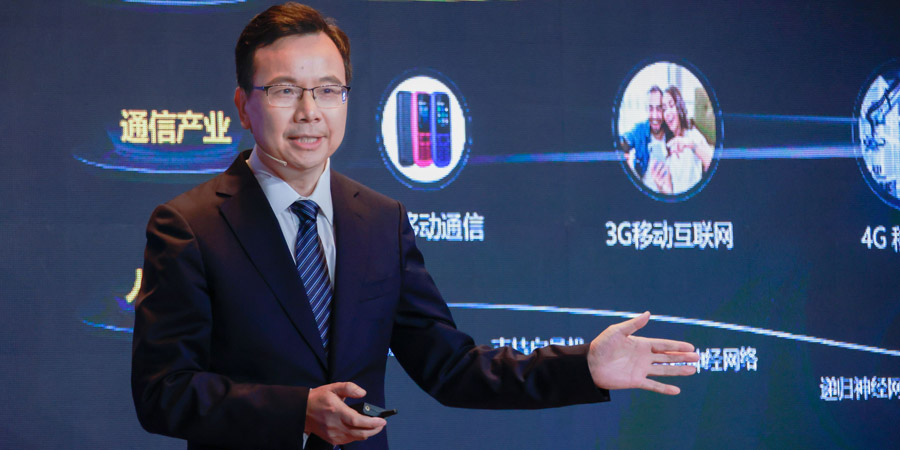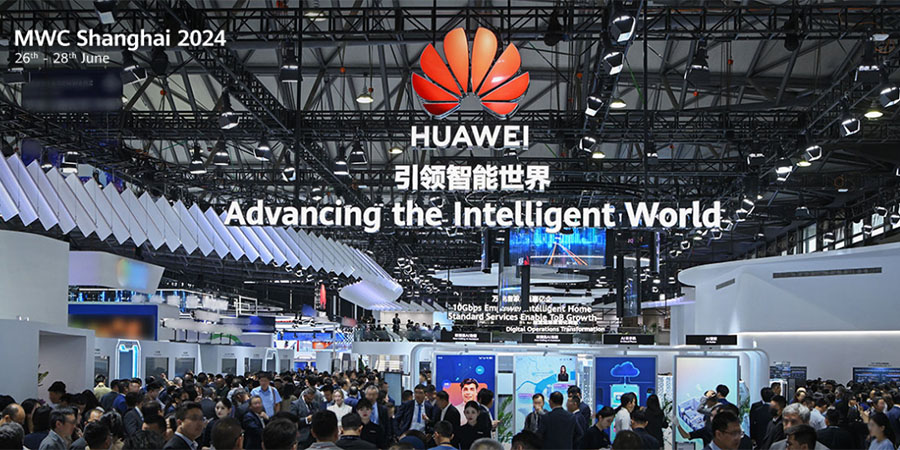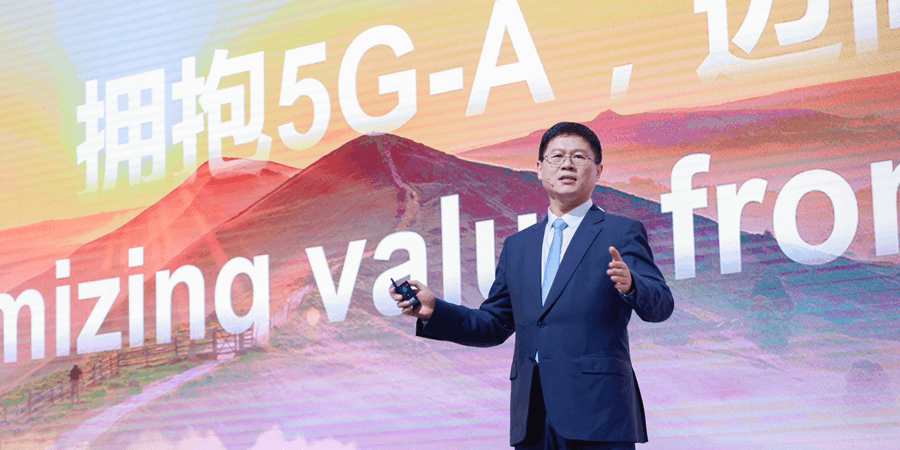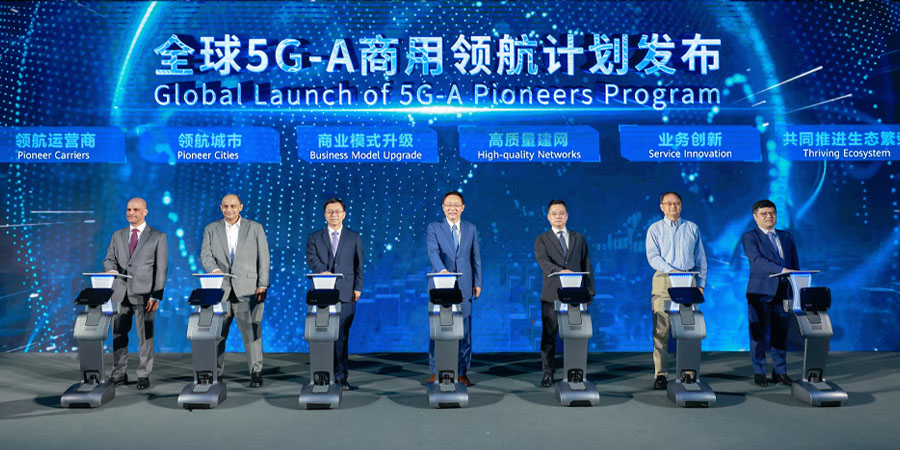Amidst the remarkable endeavor of constructing and launching satellites, a critical challenge has emerged: satellite monitoring. Ground stations (GSs) stand sentinel, ready to tackle this task, serving as vital conduits for communication with satellites. Positioned strategically, these stations bridge the gap between the terrestrial realm and the devices orbiting Earth several kilometers above, ensuring uninterrupted communication.

Reports and Coverage
Digitalization: A Way Forward for Future Economies
In a brief media session during MWC Shanghai 2024, Aloysius Cheang, Chief Security Officer, Huawei UAE and Jawad Abbasi, Head of MENA, GSMA, addressed some of the key topics surrounding digitalization in the 5G era.
5G-Advanced: Breaking the Digital Barrier for a More Connected World
A staggering 5.44 billion, or 67.1%, of the global population has embraced internet usage via mobile phones, as revealed in a recent study by Statista, highlighting significant connectivity progress through 5G-Advanced (5G-A) while underscoring persistent digital disparities.
AI for Network, Powering Productivity
Yang Chaobin, Board Member, President of ICT Products & Solutions at Huawei, provided an insightful overview of artificial intelligence (AI) for network and productivity during the first day of the Mobile World Congress (MWC) in Shanghai.
FWA Gains Global Popularity Among CSPs as Key 5G Application
Fixed Wireless Access (FWA) is becoming increasingly popular as a 5G application for communication service providers (CSPs) worldwide. Industry findings show a significant rise in the number of CSPs offering this service over the past year.
Roadmap to Autonomous Vehicles: UN Targets 2026 Regulatory Implementation
The United Nations anticipates that while fully autonomous cars are still years away from becoming commonplace on roads, internationally agreed-upon regulations for their use could be finalized by mid-2026.
MECA Telecom Stakeholders Discuss ICT Policy and Cybersecurity Standards at MWC24
Moderated by the GSMA, regulators and operators from the Middle East, North Africa, and Central Asia gathered at a roundtable during MWC Shanghai 2024 to discuss the ‘Middle East and Central Asia ICT Policy and Governance Forum.’ Senior officials from Huawei and the China Academy of Information and Communications Technology (CAICT) discussed industry policies, best practices, and key industry trends.
1.7 Billion 5G Subscriptions Achieved in Q1 2024, Strong Momentum in MEA
“5G is an innovation platform for driving digital transformations of businesses and society,” said Fredrik Jejdling, Executive Vice President and Head of Business Area Networks, Ericsson. With this in mind, the deployment of 5G is still ongoing, and is far from complete.
Maximizing Value from Experience with 5G-A
Li Peng, Huawei's Corporate Senior Vice President and President of ICT Sales & Service, delivered a speech entitled, "Maximizing Value from Experience with 5G-A" on June 27, during Day 2 of MWC Shanghai.
5G-A: Paving the Way for Shared Success
Ahead of the 2024 Mobile World Congress (MWC) in Shanghai, David Wang, Executive Director of the Board and Chairman of the ICT Infrastructure Managing Board at Huawei, delivered a compelling presentation that underscored the profound impact of 5G-A (5G-Advanced) on the global telecommunications endeavors.


















